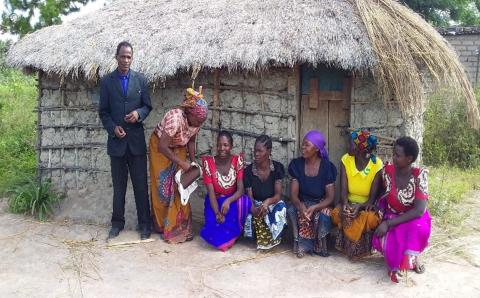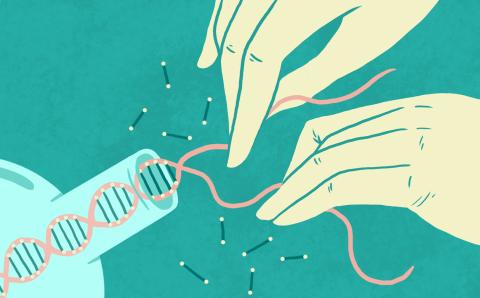Chia seed, pepita, dandelion, maple key, peach pit, coconut, acorn . . . Seeds come in all sorts of shapes and sizes. All are our awesome God’s amazing handiwork!
All About Seeds
A seed is the part of a plant that can grow into a new plant. It holds and protects a future plant and the food it needs to start growing. The seed is dormant. That means it is waiting for just the right conditions for the plant to start growing. Some seeds are just waiting for a little bit of water and the right temperature. Others are fussier. They need cold temperatures for a while and then warm temperatures. This keeps plants in cooler regions from sprouting right before winter.
For some seeds, the seed coat that protects the future plant is very hard and needs to be softened before the seed can sprout. This might take the stomach chemicals of a seed-eating bird or animal or even the intense heat of fire.
Not all seeds are small. The coco de mer, or double coconut, can weigh 40 pounds (18 kg). But some seeds are very tiny. Orchid seeds are so small they look like specks of dust, and a single flower can produce millions of seeds.
Seeds on the Move
You probably know that plants spread when their seeds sprout, but how do seeds get around? Here are some of the ways:
- Wind blows fluffy seeds like dandelion and cottonwood around.
- Some plants, such as the burr marigold, have seeds with little hooks that can catch a ride by sticking to the fur of a passing animal—or your clothes!
- Seeds surrounded by yummy fruit, such as berries, get eaten and dropped somewhere else by animals and birds.
- Trillium seeds have nutritious little packets attached to them that ants love, so the ants carry them away to their nest.
- People plant some seeds in their gardens!
Stuff to Do
Check out this YouTube video to watch a bean plant grow from seed: bit.ly/2GdHQVs
Try planting some seeds from fruit in your fridge! Find instructions online for planting seeds from avocados, lemons, limes, and more.
Make seed jewelry! Next time you eat a cantaloupe, save the seeds. Rinse them and let them dry for a few days. Then soak them in water with food colouring. Let them dry again. Use a needle and a doubled piece of thread to string them into a unique bracelet or necklace.
About the Author
Rachel Lancashire is a freelance writer with an educational background in wildlife. She grew up in the Christian Reformed Church and currently attends Gilmour Memorial Baptist Church in Selwyn, Ont.








